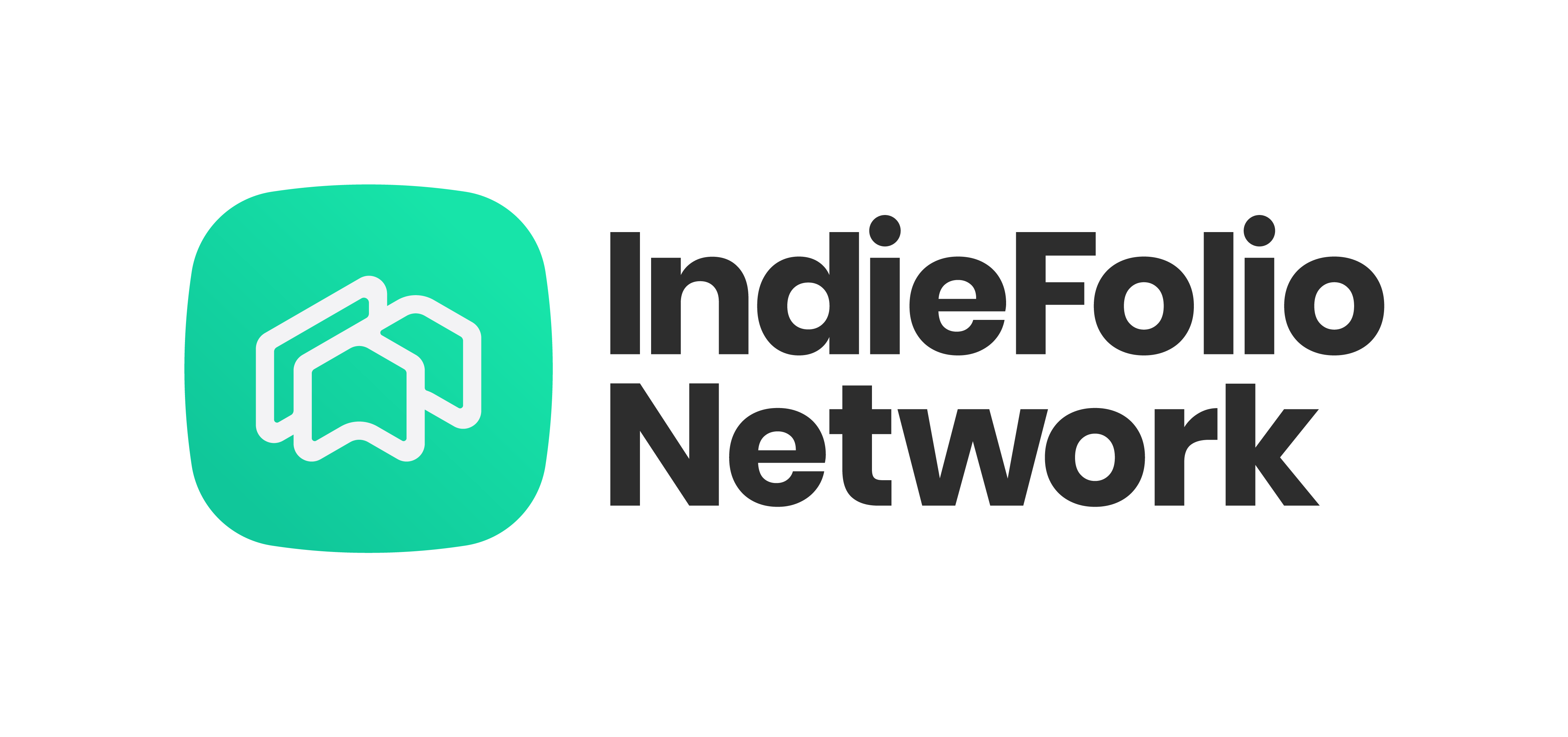Have you come across these particular boxes while browsing before?

These boxes are called .notdef, or “not defined,” commonly referred to as tofu. Google’s Bob Jung led hundreds of researchers, designers, and linguists in giving every Unicode-enabled script a font, and ensuring those fonts feel like part of the same typographic family. This lead to the creation of Noto (short for “no more tofu”). Noto is one of the most expansive typographic families ever made supporting 800 languages, 100 scripts in up to eight different weights and absolutely no tofu.
We got some type enthusiasts from IndieFolio to experiment with Noto and share their opinions on it.

I have used Noto Devanagari font.I have taken an adjective – ‘Najuk Naar’ which means ‘fragile woman’ in Marathi.I used bold typeface to show the strength of a woman. Where words talk aboutfeminine side of the her but typeface indirectly express the strength, boldness of today’s woman.I like the simplicity of the typeface and some of the characters of it. Its very contemporary!It has an universal appeal. i think it will work for every media from print to digital.

Noto font family is simple, bold and very versatile. It hasmultiple styles and weights, serif and sans serif versions and emojis, andis available in whatever language or script one might use. It provides visualharmony and is the ‘go-to’ font that suits any occasion, theme, or purpose.

Google finally cracks the language and script barrier. Noto crossesglobal boundaries like no other type ever.

Noto has finally fixed the Tofu issue. Now I can design the way I wish withoutworrying about cross-language and cross-browser compatibility
You can download Google Noto here.






